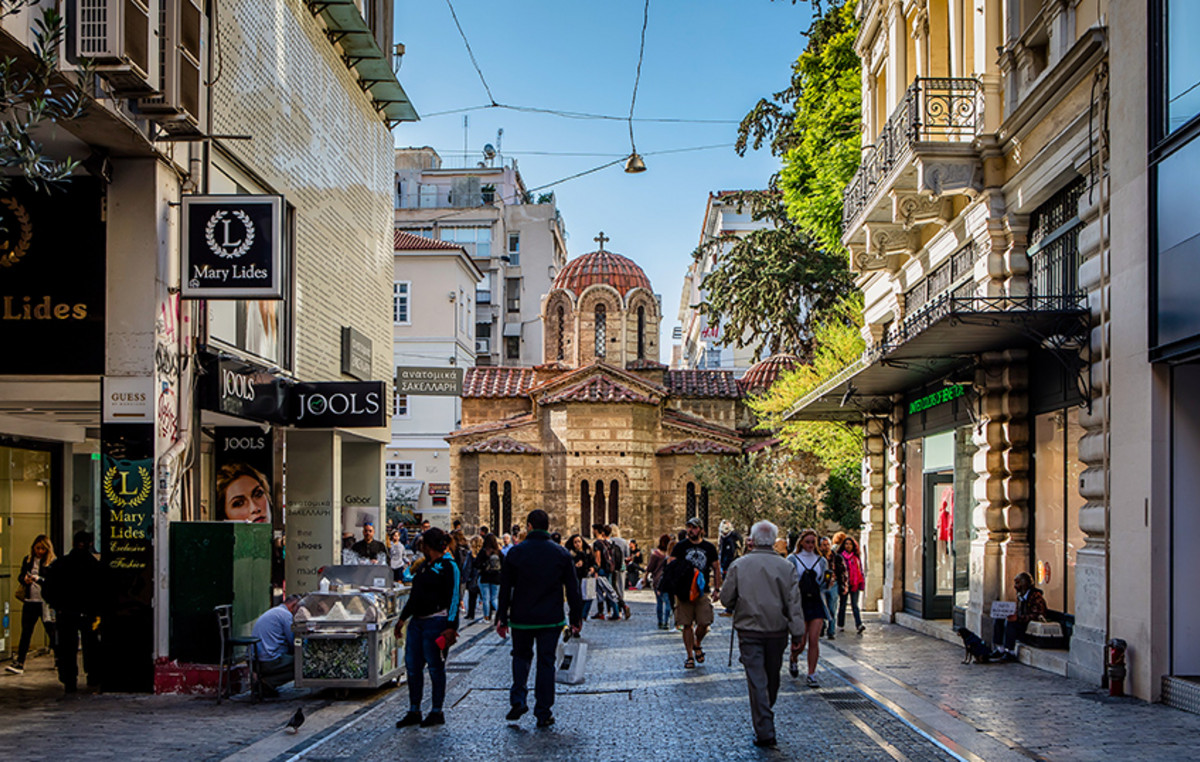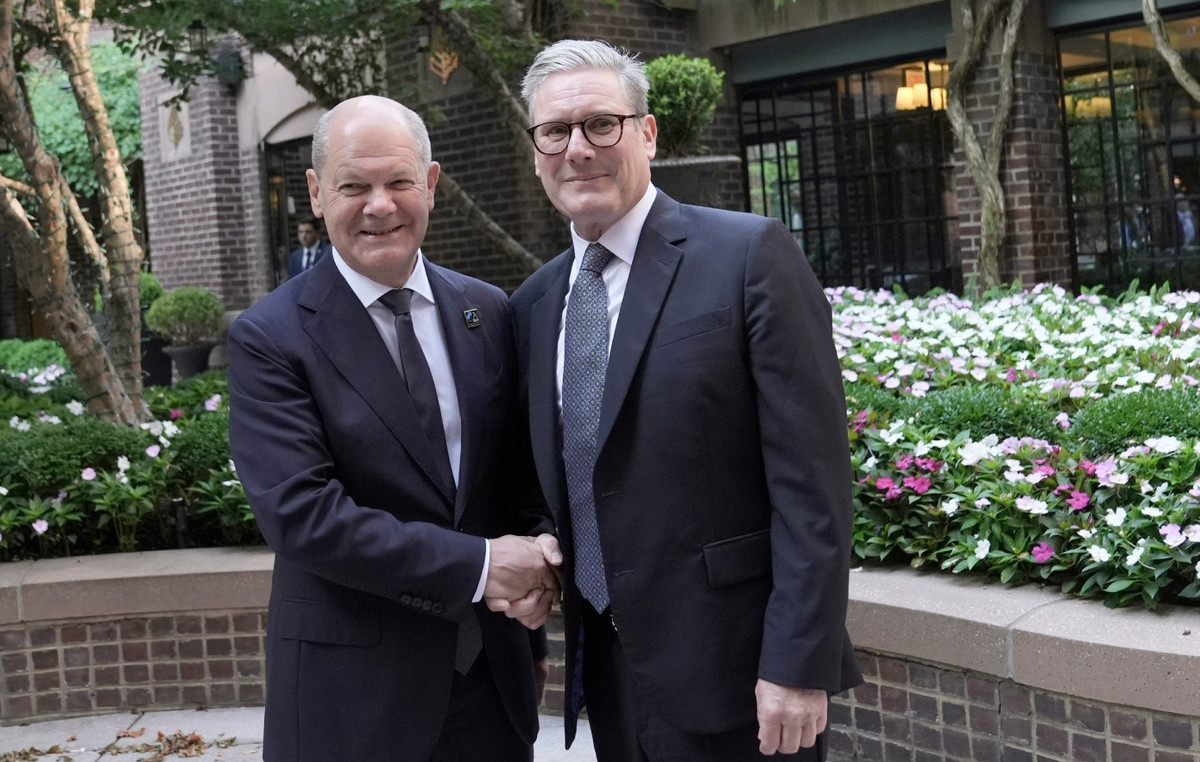Homeland of Alberto Santos Dumont, inventor of the first airplane capable of taking off by its own means, Brazil has always had fertile ground for aeronautical construction. Long before the foundation of Embraer, on August 19, 1969, the country saw the emergence (and the end) of a series of aircraft manufacturers that helped to write the first chapters in the history of Brazilian aviation.
The first movements to build airplanes in Brazilian territory came from enthusiasts and inventors who designed and flew with their own flying machines, as was the case of Dimitri Sensaud de Lavaud, who was responsible for the primacy of the first flight carried out in Brazil, which took place in Osasco ( SP), on January 7, 1910, four years after Santos Dumont’s pioneering feat with the 14-Bis in France.
Shortly thereafter, individual undertakings gave way to industrial efforts that culminated in the establishment of the first airplane assembly lines in Brazil, led by businessmen and aviators who dreamed of making the airplane popular in the country.
Here are five Brazilian aircraft manufacturers that existed before Embraer:
National Air Navigation Company
Founded in 1934 by Brazilian industrialist Henrique Laje, Companhia Nacional de Navegação Aérea (CNNA) was the first aircraft factory installed in Brazil. The company was originally born under the name “Fábrica Brasileira de Aviões”, based at the Campos dos Afonsos airfield (now a Brazilian Air Force base), in Rio de Janeiro, but shortly afterwards changed its identity and address, establishing a line of assembly on Ilha do Viana, in the state capital.
CNNA produced under license the training and utility aircraft designed by Antônio Muniz, an officer of the Brazilian Army (and later of the FAB) and one of the first aeronautical engineers in Brazil. The company also manufactured models of the HL series (Henrique Laje’s initials), which were largely acquired by the Brazilian government and intended for flying clubs.
The company ended aircraft production activities in 1948, after delivering 234 aircraft (including models exported to Argentina, Paraguay and Uruguay). The company still remained active in the field of aeronautical maintenance and pilot training until 1951, when it closed its doors permanently.
Ypiranga Aeronautical Company
The first aircraft manufacturer installed in the State of São Paulo, Empresa Aeronáutica Ypiranga (EAY), based in the capital of São Paulo, was founded in 1931 on the initiative of the North American businessman Orton Hoover, the German Frtiz Roesler and Henrique Dumont Villares, who was his nephew. by Alberto Santos Dumont. Despite being founded in 1931, even earlier than CNNA, the production of airplanes only started in 1935.
EAY started its work with the production of gliders, which were based on the German model Stamer Lippisch Zögling. The company’s second product was the single-engine EAY-201, which was a copy of the instructional model Taylor Cub, designed in the United States. In all, the company produced nine gliders and five examples of the EAY-201.
In 1942, EAY was acquired by Companhia Aeronáutica Paulista, which continued the production of the EAY-201 renamed CAP-4 Paulistinha, one of the greatest classics of Brazilian aviation and still active in air clubs throughout Brazil.
Galeão Factory
Created on the initiative of the Brazilian Navy, the Galeão Factory began activities in 1938 as an aircraft workshop on Ilha do Governador, in Rio de Janeiro. That same year, the company signed an agreement to produce under license in Brazil military aircraft from the German manufacturer Focke-Wulf.
With the outbreak of the Second World War, Fábrica do Galeão interrupted the production of German models and gave way to the manufacturing of aircraft under license by Fairchild Aircraft, from the United States. After the end of the conflict, the company from Rio de Janeiro was transformed into Fokker Indústria Aeronáutica, a partnership between the Brazilian government and the Dutch manufacturer Fokker.
The Galeão Factory stopped producing aircraft in 1965, after completing the production of 471 aircraft. The company was still active as a maintenance center until 1965, when it was dissolved.
Paulista Aeronautical Company
The most successful Brazilian aircraft manufacturer of the 1940s, Companhia Aeronáutica Paulista (CAP) had a short but prosperous career. CAP was created in 1942 as a division of Lalamina Nacional de Metais, a Pignatari Group company, founded by Italian-Brazilian businessman Francisco “Baby” Matarazzo Pignatari.
The main product of the company based in the city of São Paulo was the CAP-4 Paulistinha, a project inherited from Empresa Aeronáutica Ypiranga and with modifications that made it more efficient. Under the direction of CAP, 777 copies of the Paulistinha were produced until 1949, when the manufacturer closed its activities.
Subsequently, the Paulistinha production rights were transferred to Indústria Aeronáutica Neiva, which renamed the plane as Neiva P-56. CAP also produced gliders and other single-engine instructional aircraft, including the CAP-5 Carioquinha.
Neiva Aeronautical Industry
Until the emergence of Embraer, the main reference in Brazilian aviation was Indústria Aeronáutica Neiva. Founded by José Carlos de Barros Neiva, in 1954, the company started its activities in Rio de Janeiro and, later, was transferred to Botucatu, in the interior of São Paulo.
Neiva’s first two products were aircraft inherited from Companhia Aeronáutica Paulista, the recreational glider Monitor and the single-engine Paulistinha. In the following decade, the manufacturer developed the Regente and Universal training planes (the latter still in service with the FAB), which were the first metallic aircraft developed in Brazil – until then, the planes produced in Brazil had structures covered with varnished fabric.
In 1980, Neiva was acquired by Embraer which, in turn, transferred to the Botucatu company the national production line under license of the Piper Aicraft line, which was previously produced in São José dos Campos. In the same decade, Neiva also took over the production of the EMB-202 Ipanema agricultural aircraft and later, in 1999, the production of the EMB-120 Brasília passenger turboprop (discontinued in 2001).
In 2006, Neiva was fully incorporated by Embraer, becoming one of its divisions, and its industrial park was renamed “Embraer – Botucatu Unit”. The factory in the interior of São Paulo remains active producing structural components for Embraer’s commercial jets and with the final assembly line for the Ipanema.
Reference: CNN Brasil
I am Sophia william, author of World Stock Market. I have a degree in journalism from the University of Missouri and I have worked as a reporter for several news websites. I have a passion for writing and informing people about the latest news and events happening in the world. I strive to be accurate and unbiased in my reporting, and I hope to provide readers with valuable information that they can use to make informed decisions.







